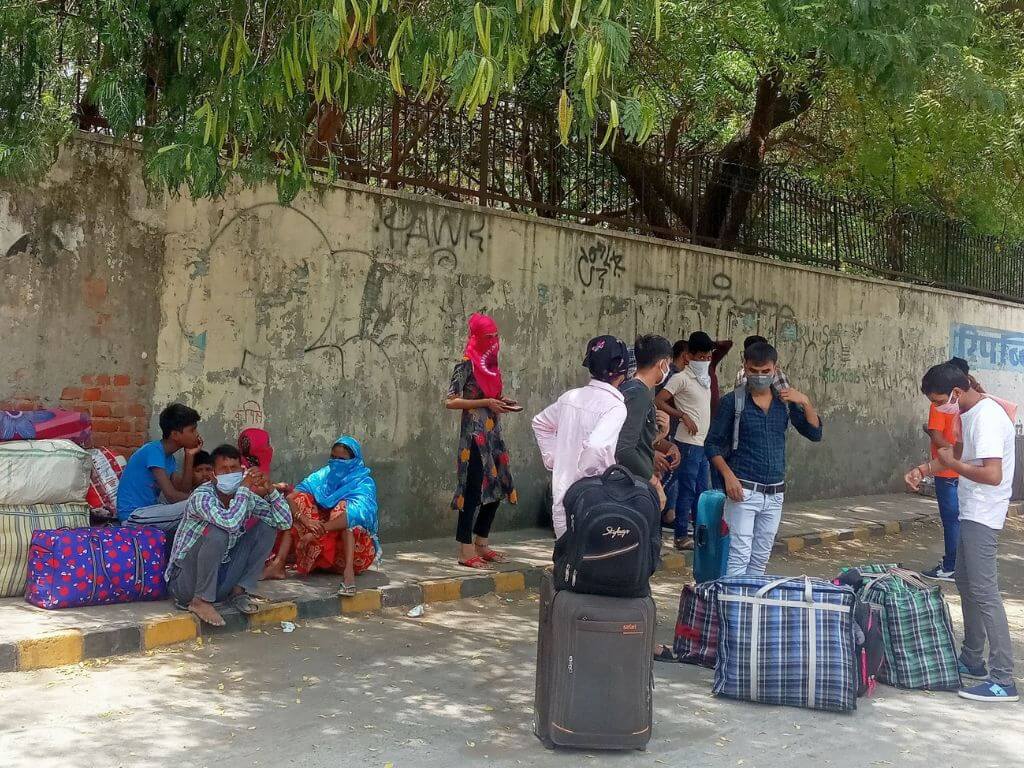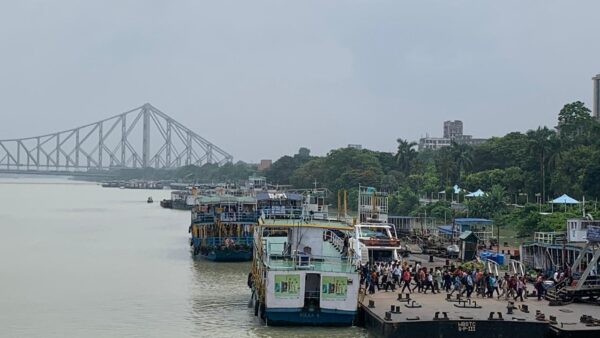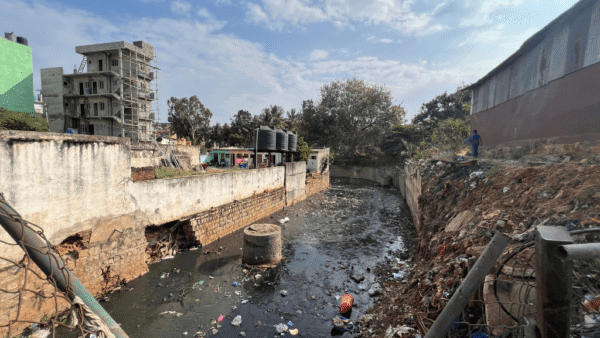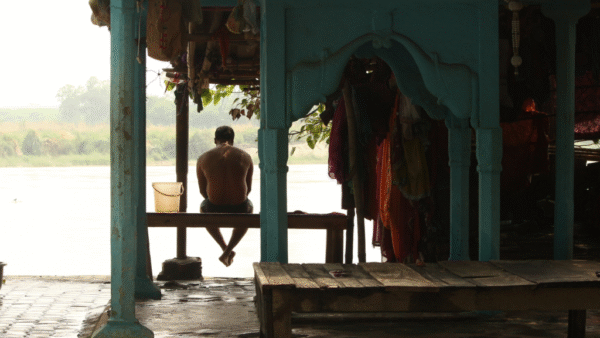Around this time three years ago, it came as a revelation of sorts to many middle-class and upper-class residents of large cities that there lived millions of poor and migrant workers amidst them. With transport systems shut down and no way to continue life in cities, in desperation tinged with bravery, millions of them walked back home when Prime Minister Narendra Modi imposed the nation-wide complete lockdown. They, who otherwise remain unseen in our cities, were seen in photographs or videos and stirring paintings that ace artists like Sudhir Patwardhan created.
Heart-rending images were all over – little children asleep on broken suitcases dragged by fathers, young daughters cycling with fathers too old or ill to walk, labourers mowed down on tracks they were walking on because train services had been shut down, a toddler trying to awaken his mother dead from exhaustion and hunger, hordes of people on whom authorities sprayed disinfectants, and more. From New Delhi, Mumbai, Surat and other cities, an estimated 120 million walked back to their villages hundreds or thousands of kilometres away.
These people, who help make cities the gigantic economic powerhouses they are, were finally seen in ways that few had done before. Many of them were adivasis and lower caste or Dalits, the dispossessed or landless of their villages, and therefore not quite visible back home. When they came to cities for work, they joined the deprived urban classes already living in hostile or inhospitable settings. Among the invisible were also groups such as Kolis in Mumbai, original settlers from when it was an archipelago of islands and yet to be made into a city, or adivasis and agriculturists who lived in areas that later became urban.
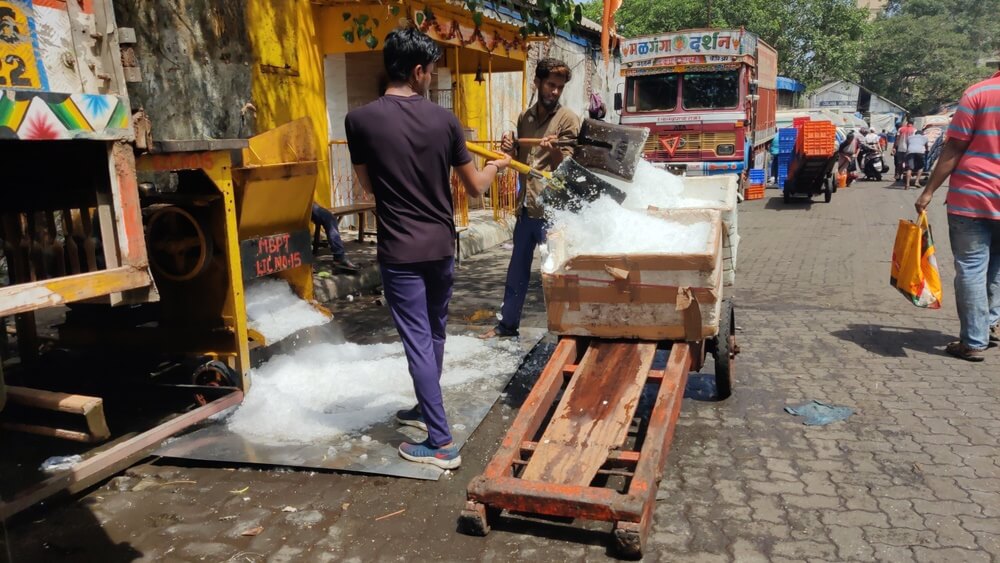
Photo: Jashvitha Dhagey
They are everywhere but unseen. The thela walas or handcart vendors, streetside hawkers, garbage cleaners, manual scavengers, raddiwalas, rag pickers and sorters, car cleaners and mechanics, rickshaw and taxi drivers, domestic help and drivers, vegetable and fruit vendors, street food stall owners and workers, contract workers at construction sites, delivery people for newspapers and milk, gig workers including delivery people for multiple app-based supplies, roadside tailors and menders, cubby-hole one-person barbers, and dozens of others provide essential services to cities literally, as well as figuratively, keeping them moving in a clock-work rhythm. However, they remain below the radar of both public perception-discourse and policy-making.
Still unseen
Many of the migrant workers, if not all, returned to cities as the Covid-19 threat faded and restarted the work they did. As cities fell back into their pre-Covid rhythms, they still remain unseen. It is as if planners, policy makers and governments did not realise the fundamental lesson from three years ago – while cities offer work and economic opportunities to the disadvantaged and dispossessed, they fail to provide the comfort of home and community. The city is not theirs because most of the built environment does not have space for them, they seem to not belong here.
When large sections of populations, poor and in informal settlements, are unseen or invisibilised in popular discourse and the media, they are projected as beneficiaries of ‘development’ but they are not citizens whose voices and demands are accommodated in the urban development agenda. In fact, as the decades since India’s neo-liberalisation in the early 1990s have shown, the most vulnerable in our cities have faced displacement in the name of development which has, more often than not, physically dismissed them to the margins of cities.
This invisibilisation is intentional, it feeds into popular and policy discourses such as slum demolition because it is easy to uproot, dislocate and displace those who are not seen. Whether in New Delhi or Ahmedabad or any major city, the most dispossessed and marginalised are located away from the key areas and significant addresses of the city; if, by a quirk of coincidence, they happen to live along arterial roads used by the power elite of the city, their dwellings are covered with green nets or barricaded off from sight. They, it seems, are a blot on the shiny new development.
Even Mumbai, which has more mixed population along its length than any other city with its slums sandwiched between high-rises, has pockets of poverty such as Mankhurd and Govandi where most of the project-displaced people were packed off in the past two decades. If not poor, then communities like the Kolis, the city’s fishing community, who live in their own hamlets along the coastline suddenly find that their koliwadas are listed in the city’s development plans as “slums”.
Where in city plans or in the multi-crore mega projects do the large number of urban poor and marginalised feature, and how? What in our cities is built for them and to what end? Importantly, what price do they pay, in what ways, for what is blithely passed off as urban development?
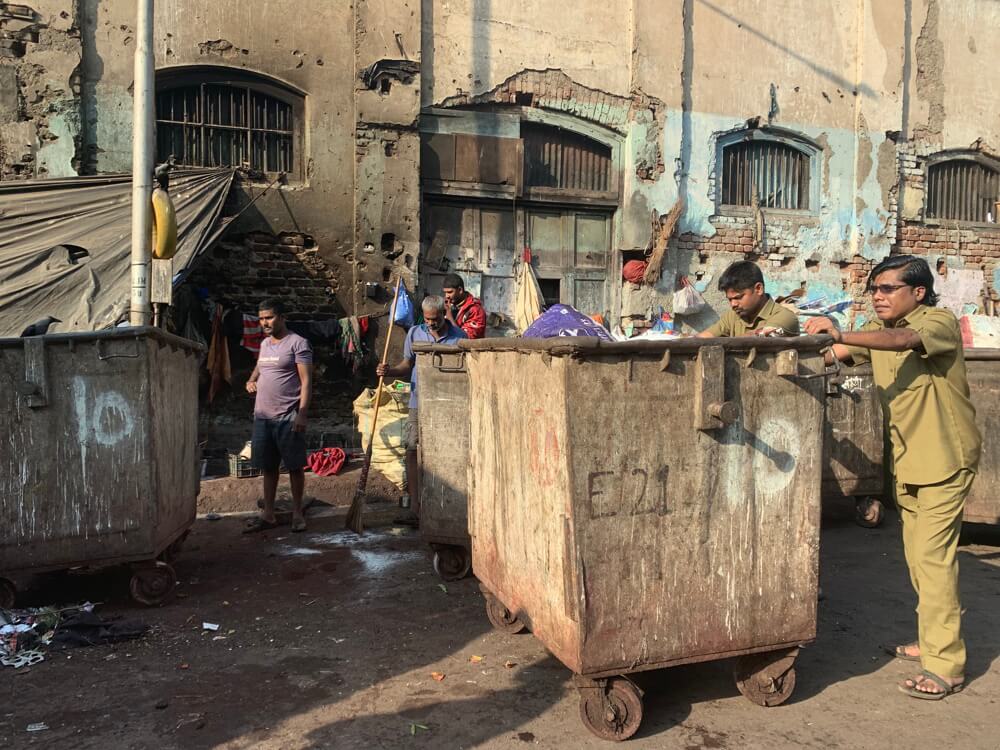
Photo: Chang Ju Wu/ Flickr
Segregation, the old normal
Over a period of time, this location of people who do the bare-boned and unattractive work on the margins of a city has a term – segregation. It should offend us but it has quietly become the norm in city planning. The better-off classes live in their areas which, not surprisingly, have more and higher quality civic amenities while the large numbers of the marginalised and poor are forced to make do with filthier locations and fewer amenities. Work, wage and wealth inequality have spatial dimensions too. The segregation is, then, socio-spatial.
City planners and governments are not unaware of the imbalances and rising inequality in cities. Yet, most of their responses have perpetuated and deepened the socio-spatial segregation rather than address it in a holistic and meaningful way. For example, the Smart Cities Mission, which was billed in 2015 as a game-changer in India’s urban development, not only focused on certain select cities but also directed precious resources to selective areas within these cities to make them attractive to capital investment; the margins in these cities which lack in even basic amenities were not on the radar at all.
The socio-spatial segregation may not always be negative – adivasis in cities, such as the Warlis of Mumbai’s Sanjay Gandhi National Park, would perhaps be better off ensconced in their natural habitat, Kolis living in several koliwadas that dot the city feel a sense of identity in the urban anonymity, and historical settlers such as communities in the hundreds of gaothans (settlements) across Mumbai have a way of life into which the city intrudes and disrupts. Yet, in the larger context of city planning and development, the unseen and segregated people suffer.
“Urban segregation is the unequal distribution of different social groups in the urban space, based mainly on occupation, income and education, as well as on gender and ethnicity. The quality of life and number of healthy life years differ among these groups. The widening gap between rich and poor is leading to more segregation with both groups living in homogenous, separate and impermeable areas…Another phenomenon worth exploring is ‘invisible segregation’, referring to the informal and often temporary settlement of refugees and migrants in urban areas, not appearing in official statistics,” observed a recent paper of the European Commission about cities in Europe.[1] This fits the urban Indian context too.
Socio-spatial segregation can “…have a detrimental effect on cities’ social stability and augment social fragmentation. Moreover, where vulnerable groups and deprived neighbourhoods are concerned, it can instigate stigmatisation and set in motion so-called neighbourhood effects, whereby segregated neighbourhoods are involved in a downward spiral leading to greater segregation and social exclusion. These neighbourhoods then suffer from multidimensional problems that reinforce each other. Furthermore, in many cases, deprived areas are those lacking access to public transport and services,” the paper pointed out.
The association between the unseen people of the city and their segregation is hard to miss – if you can look beyond the usual tropes of urban development. This is compounded by the segregation between people and environment around them; those struggling to make a life can hardly worry about ecological issues or see merit in the threats posed by Climate Change.
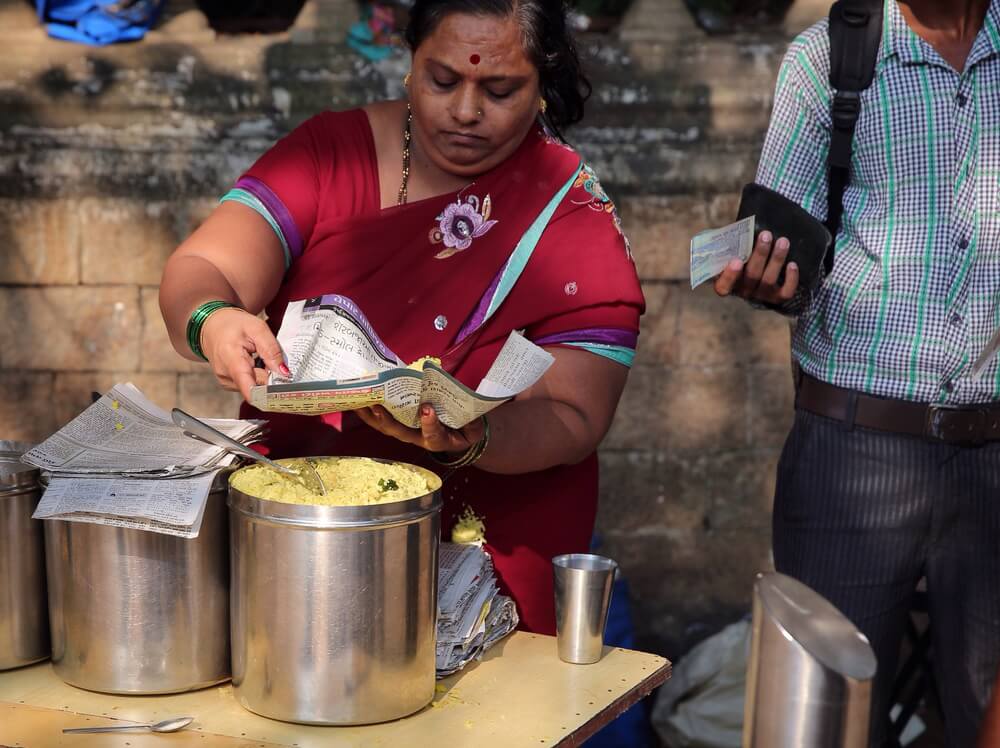
Photo: Franx/ Flickr
‘Structural violence’
The urban development approach of cities planned and made by the power elite for people mostly like themselves has led to, among other things, “structural and quiet violence” against the poor and the marginalised, according to Mumbai-based urbanists Dr Himanshu Burte, Associate Professor at Centre for Urban Science and Engineering (CUSE), IIT-Bombay; Dr Amita Bhide, Professor at Centre for Urban Policy and Governance (CUPG) at Tata Institute of Social Sciences (TISS), Mumbai, with her colleagues at the school, Associate Professor Dr Lalitha Kamath and Assistant Professor Ratoola Kundu.
They researched four locations – Kamathipura usually dismissed as Mumbai’s red-light area, Jogeshwari-Vikhroli Link Road (JVLR), the distant suburb of Nala Sopara where many long-time lower-class residents of Mumbai migrated to, and M-East ward on Mumbai’s eastern edge where lakhs of people displaced by ‘development’ projects were forcibly relocated. Their in-depth exhibition[2] showed how the development and redevelopment broke the homes and lives of Mumbai’s poor and marginalised.
“The restructuring of Mumbai has impacted the poor the most and in different ways. It has involved large-scale displacement, sometimes worsening their living conditions or forcing them to make nearly impossible adjustments, as in resettlement colonies. Elsewhere, it has impacted livelihoods or intensified the everyday struggles for basic needs…The fate of the majority of a city’s population is closely tied to the transformations that the city is undergoing,” they noted.
Importantly, through the lived experiences of the affected people, the academics point out that the stories “contest the policy assurances that claim that the spatial transformations of the city have and will continue to benefit everyone. The narratives, instead, reveal what displacement, dispossession, precarity, and stigmatisation mean as lived experience…they show the widening of different forms of violence that the transformation has brought to poor and marginalised communities. This is often quiet, even invisible”.
The JVLR, one in the network of arterial roads, has been central to Mumbai’s east-west suburban commute since the turn of the century. However, as the exhibition evocatively shows, it cut through the settlement – not a slum – of Pratap Nagar splitting the community into two halves on either side of the road that’s nearly impossible to cross. Pratap Nagar existed since the 1950s when Jogeshwari was not yet part of the Brihanmumbai Municipal Corporation but that did not matter; it was in the way of a new road and had to be cut through. A tiny but dirty underpass provided was hardly consolation for tearing the community – and painstakingly built common amenities – apart.
When the JVLR alignment was finalised and toilet blocks were demolished with a day’s notice, the women of Pratap Nagar had to fight back collectively to secure the basic amenity. So much for ‘development’.
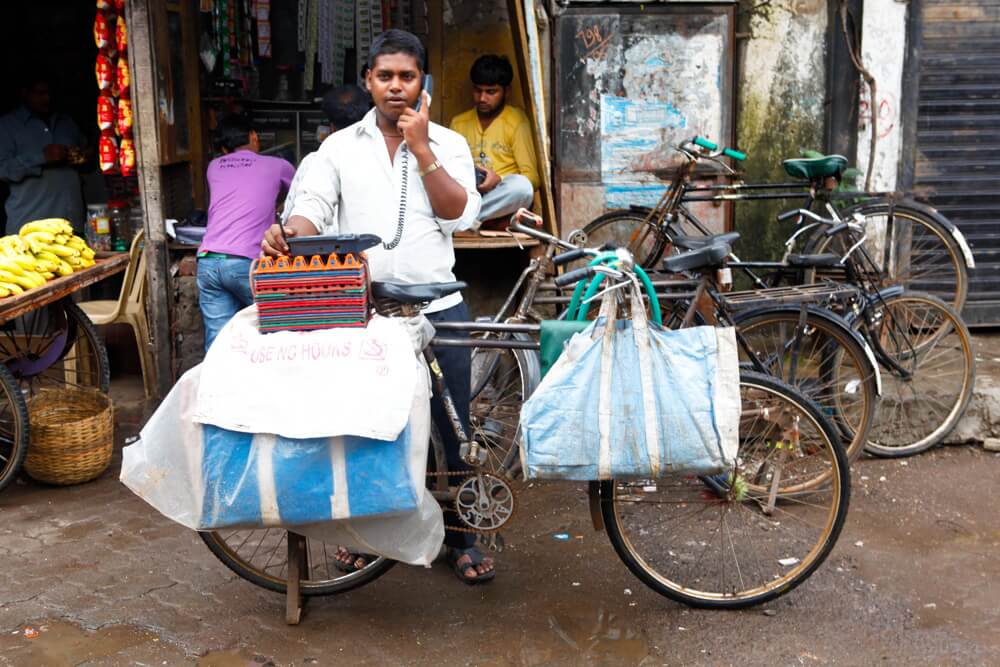
Photo: Mel Boyle/ Flickr
Poverty, invisibilisation and built environment
The association between the poor-and-marginalised, their invisibilisation, and the built environment is obvious to those who see it.
The inhuman or unsanitary living conditions where most of them reside, lack of space and basic amenities, limited or no access to civic services, high dependence on local land and water mafias, complex political relationships in which they may find some representation but are also used as vote blocks by canny politicians all together make them highly vulnerable.
That the floor of public toilet blocks in M-East ward collapses,[3] killing people using the facility at the time, is the bleakest reminder that spatial and built environment tends to be below par in poorer neighbourhoods. The invisibilisation is worse if a slum is non-recognised and, therefore, not even entitled to basic services in the eyes of urban governments.
“Where people live affects the way in which they experience poverty,” observed this paper 25 years ago.[4] Just as in rural poverty, in urban areas too, poverty “is associated with isolation – poor quality or no roads, climatic extremes, limited access to goods and services, weak physical and social infrastructure, and a limited external institutional presence… with ill health which is related to the spread of infectious diseases like tuberculosis (TB), and the constant threat of exposure to environmental hazards such as mosquito infested drains, and fires and floods.” Little has changed since.
“The most vulnerable are often also disproportionately impacted by measures to address climate change,” according to the World Bank.[5] The absence of well-designed and inclusive policies to tackle Climate Change can make it diffcult for the marginalised to deal with its impact by placing a higher financial burden on poor households. The unequal distribution of wealth and resources, the focus on the marginalised as not citizens but mere beneficiaries of state policies in our cities can cause unprecedented but not unforeseen losses to many.
India is projected to have several large cities each with more than 10 million people by 2030.[6] Few are asking if these cities are being planned and built in socially and ecologically sustainable ways.
Cover photo: Madhav Pai/ Creative Commons

